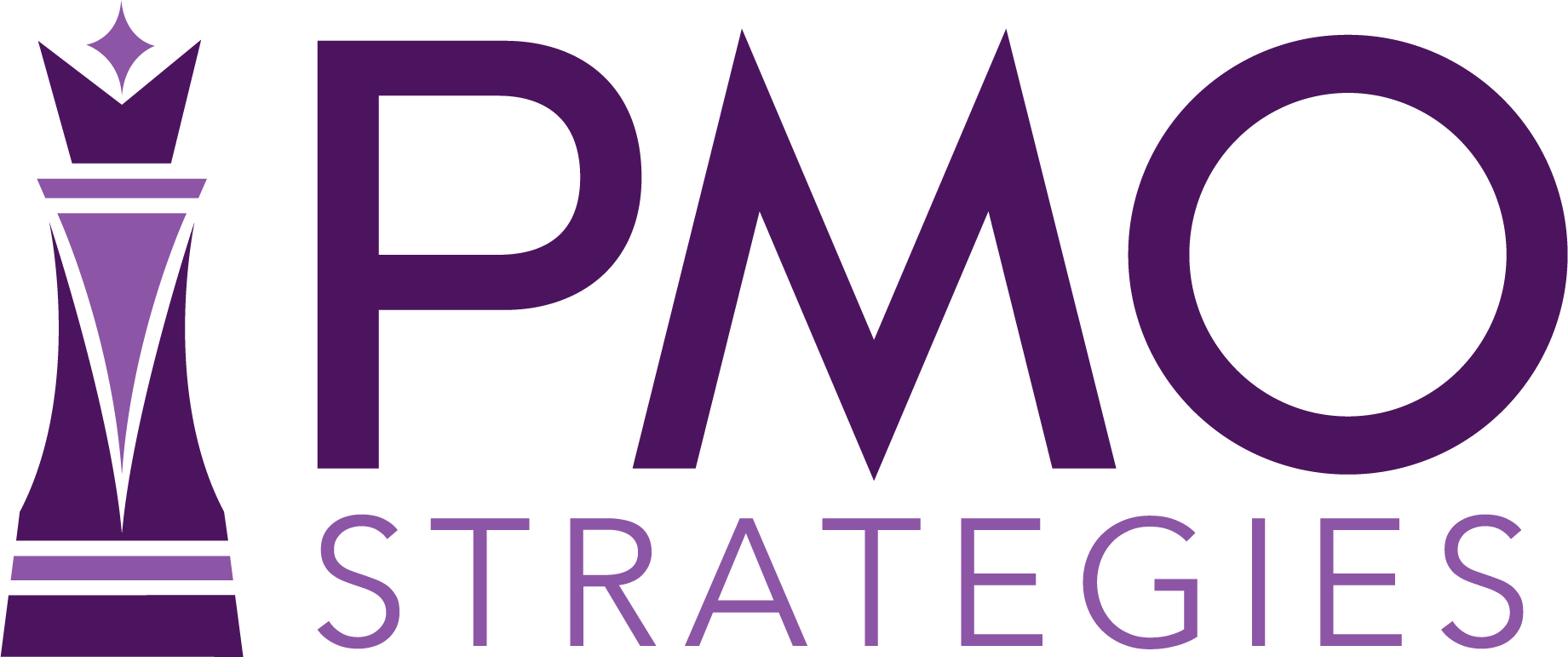What does it mean to be a project sponsor? What is expected of me? Why can’t they just do the project without getting me involved?
Here’s the deal. If you are the sponsor for a project, you are the most important, number one factor in determining success or failure of the project. Yep, that’s right. You can drive it to success, but you can also be completely in the way or unhelpful and the project will most likely fail.
Don’t believe me? Here’s some great supporting data from two of the standards organizations in this space:
Project Management Institute Pulse of the Profession: Executive Sponsor Engagement
Prosci Thought Leadership Library: Importance and Role of Executive Sponsor
OK, now that we got that out of the way. Let’s talk about what you can do to help your project be successful.
1) Remember that this is YOUR project. If it’s not, then maybe you don’t make the most sense to be the sponsor. Did someone delegate this role of sponsor to you? The sponsor has some very important responsibilities for this project. Keep reading.
2) Figure out your WIIFM (what’s in it for me). What benefit will this project have to you, your team, and the organization when it is successfully implemented? Be really clear on that. Take time to really understand the value. That return on investment picture should be clear and tied directly to things you care about. If you are not motivated to make sure this project is successful, then you won’t be motivated to take the time necessary to make it successful.
3) Build coalitions. Your ability to influence the stakeholders on the project will greatly determine your success as a sponsor. Do you have relationships with key leaders in your organization? You never know when those relationships will come in handy to help move that project forward. Make sure that everyone is hearing the same message across the organization about this change, the benefits, and how important their engagement is to the success of the project.
4) Address the change resistance. Enforce consequences of inaction or passive and active change resistance. For ideas on how to do this, refer to this article: People are not resistant to change.
5) Communicate. I don’t just mean talking to the project manager who keeps trying to get on your calendar. I’m talking about with ANYONE and EVERYONE on the project. Your role is to create a sense of urgency, help find the WIIFM for every stakeholder, build awareness about the project and benefits, make sure the alignment between project and strategy is clear, and LISTEN. If you watch and listen, you will see where you are needed and can be most valuable.
6) Be visibly engaged. Show the project team that you are engaged and really have an open door policy. Start every meeting with the words, “How can I help?” And then HELP THEM.
This means that you need to make time on your calendar for some of the project meetings and especially meetings with your project manager. They are your gateway to all things related to this project. Need to know what kind of information you should expect from them or getting bombarded with data and details? Send them this article: Project communications your sponsor will LOVE
But don’t micromanage the heck out of everything. You are a leader, a guide, a barrier-removing warrior for your team, but they need you doing that stuff…not managing the tasks on the project schedule and tasking people directly. If you do, you will inevitably be overriding direction they’ve already been given and now the resources are running around doing your things instead of the most important project tasks. Look at it this way…if you start acting like the project manager, the project manager will back off and stop being the project manager. Guess who just became the new project manager? It’s very tough to come back from that when you set expectations that you are now the project manger…just sayin’.
7) Hold people accountable for project engagement and delivery. You have far more authority than your project manager. Use it. I’m not saying to beat people over the head with sticks (although, your project manager could ask you to), but it’s very simple to ask people what they can deliver and then hold them to that. So, do it.
8) Set expectations and keep your commitments. Be very clear about what you will do on the project, where you will be engaged, what level of authority your project manager and team have, and what they can expect from you. Then do it. Period. We all get busy. We all have other priorities. Just remember that project team is there to deliver on YOUR project that will make YOU look good when it succeeds. Help them help you.
Now, I know there are a dozen other things your project manager wants to say to you, but I’m going to leave it at 8 for now. I get what it’s like to be a busy sponsor and leader. Lots to do. More later, my friend. Now, go be an awesome sponsor!
THE END.
This is dedicated to all of the project and change managers out there that wish they could print this off and find a way for it to land on your desk. ;->
If you need help, we have tools and resources that can help you.
See you online!!
Thanks for taking the time to read this article.
Click here to receive these blog posts right to your inbox.
Fill out our one-minute survey if you have topics you would like read more about.
I welcome your feedback and insights. Please leave a comment below.
See you online!
Warmly,










[…] more on sponsors, read these articles: Your role as a sponsor: A letter on behalf of your project manager; How to Train Your […]
[…] more on sponsors, read these articles: Your role as a sponsor: A letter on behalf of your project manager; How to Train Your […]